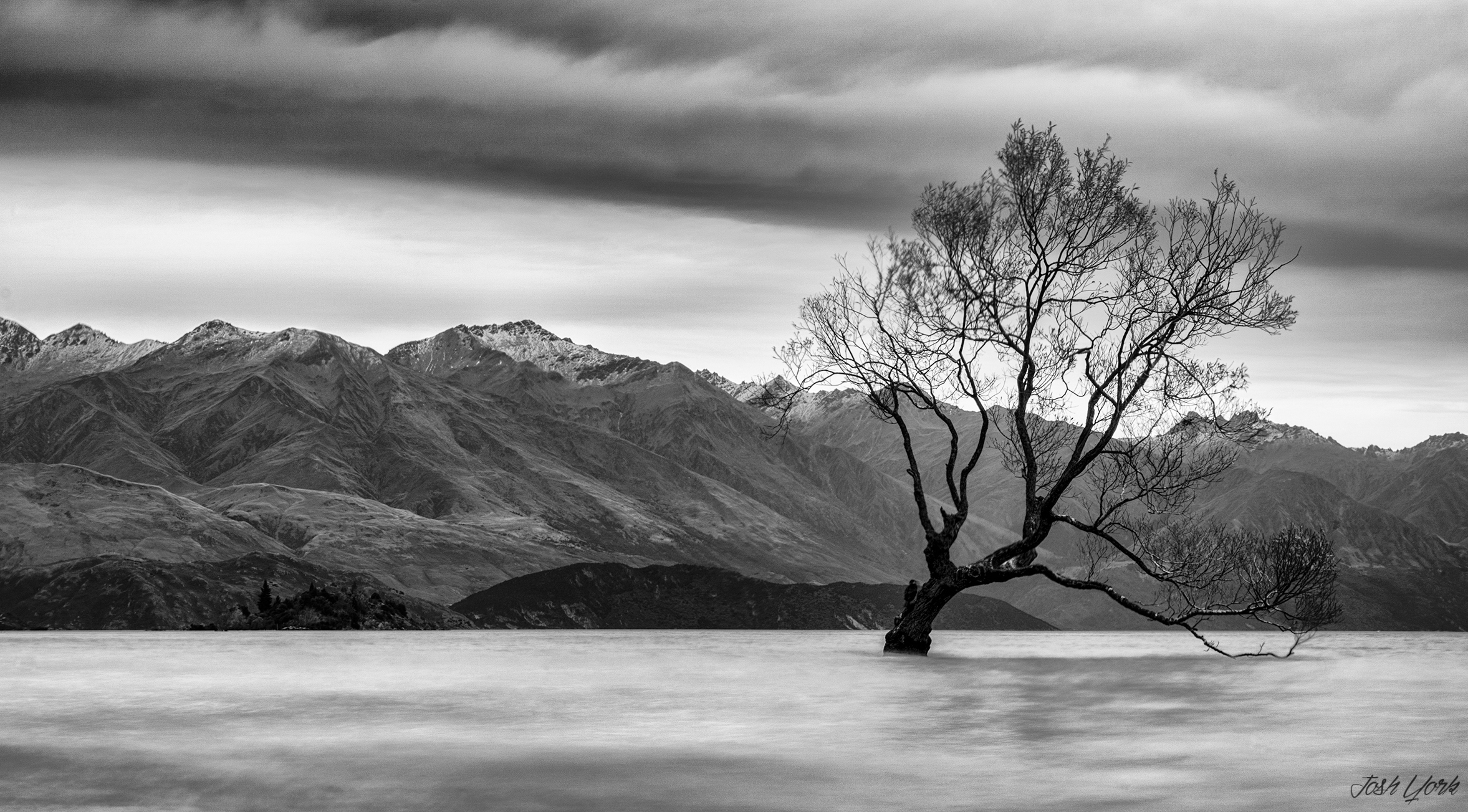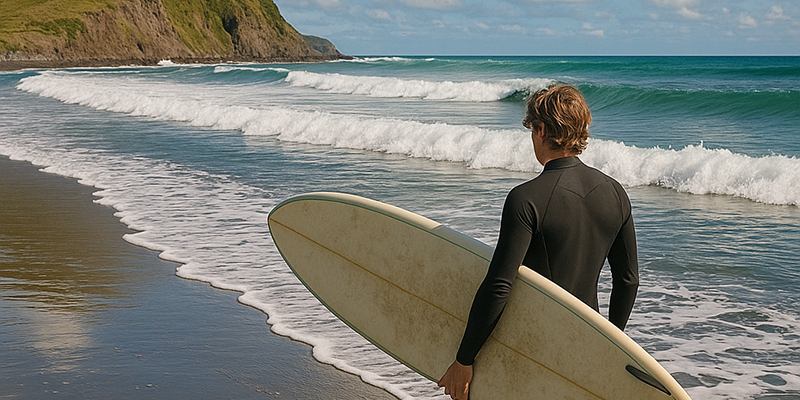Raglan. The name is legendary in the global surfing community. It conjures images of a mythical left-hand wave that peels endlessly along a rugged coastline, a pilgrimage site for seasoned surfers from around the world.
But here’s a secret the pros don’t always talk about: behind the intimidating reputation lies one of the most beginner-friendly and beautiful places on Earth to learn to surf.
If you’ve ever dreamed of catching a wave, this is the place to do it. But where do you even start? This extensive guide will walk you through everything, from booking your first lesson and understanding the ocean, to what to do after your surf.
Why Raglan is a Beginner’s Paradise (Not Just for Pros)
Title Page Separator Site title
Slug
Meta descriptionUse AIInsert variable
Want to learn to surf in Raglan? Our beginner’s guide covers the best beach for learning, top surf schools, gear rental, and everything you need to catch your first wave.
SEO analysisOKsurfing in raglan
Premium SEO analysisPremiumAdd related keyphrasePremiumTrack SEO performanceInternal linking suggestionsPremium
Cornerstone content
Advanced
Insights
Use up and down arrow keys to resize the meta box panel.
Raglan’s magic lies in its geography. The world-famous waves are at the “point breaks” (Manu Bay, Whale Bay). These are for advanced surfers only. But just around the corner is Ngarunui Beach, a vast, black-sand beach break. This is your playground. Its gentle, rolling, broken waves (whitewash) provide a safe and fun environment, far from the intensity of the points.
Planning Your Raglan Surf Trip: The Essentials
- Getting There: Raglan is a scenic 45-minute drive from Hamilton and about 2 hours from Auckland. You will need a car to get from the town centre to Ngarunui Beach (about a 10-minute drive).
- Where to Stay:
- Budget: The Raglan Kopua Holiday Park is a classic, offering campsites and basic cabins. Hostels in town are also a great option.
- Mid-Range: There are several motels and a wide range of Airbnb and Bachcare holiday homes.
- Best Time of Year: Summer (December – February) is ideal for beginners. The water is warmer, the waves are generally smaller and gentler, and Ngarunui Beach is patrolled by lifeguards. The shoulder seasons (Spring/Autumn) are also fantastic with fewer crowds.
Step 1: Your First Surf Lesson (The Smart Way to Start)
Don’t just rent a board and hope for the best. A 2-hour lesson is the best investment you’ll make. It’s safer, more fun, and you’ll progress much faster.
- What a Lesson Involves:
- Safety Briefing: Learning about rips, waves, and how to handle your board safely.
- On-Sand Practice: Your instructor will teach you the “pop-up” technique on the beach.
- In-Water Coaching: The fun part! Your instructor will be in the shallow water with you, helping you choose the right waves and giving you a push to get you started.
- Who to Book With: The two main operators are the long-established Raglan Surfing School and Green Wave Raglan. Both are excellent and operate directly at Ngarunui Beach. Booking in advance is highly recommended.
Step 2: Gearing Up (Renting the Right Board & Wetsuit)
- The Board: You’ll be learning on a “soft-top” or “foamie.” These boards are thick, wide, and buoyant, making them stable and easy to catch waves on. Their soft foam construction also makes them much safer than a hard fibreglass board.
- The Wetsuit: The Tasman Sea is chilly year-round. A wetsuit is essential for staying warm and comfortable. In summer, a “3/2mm” (thickness) is fine. In the cooler months, you’ll want a warmer “4/3mm.” All surf schools and rental shops will provide the right one for the season.
- Rental Costs: Expect to pay around NZD $20-$30 for a 2-hour board and wetsuit rental after your lesson.
Step 3: Reading the Conditions (A Beginner’s Guide)
Understanding the ocean is key. Here are the basics for Ngarunui Beach:
- Tides: The waves are often best on a mid-tide (halfway between high and low). At dead low tide, it can be too shallow, and at high tide, the waves can break heavily on the shore.
- Swell: This is the energy that creates the waves. Check a forecast like Surf2Surf or Magicseaweed. For a beginner, a small swell (1-2 feet) is perfect.
- Wind: Offshore wind (blowing from the land to the sea) is best. It grooms the waves into clean lines. Onshore wind (from the sea to the land) makes the waves messy and choppy.
Step 4: Practice Makes Perfect (How to Surf Safely on Your Own)
Ready to go it alone? Follow these golden rules:
- Stay in the Whitewash: Practice in the broken, white-water waves close to shore. Don’t paddle out the back to the unbroken “green” waves until you are consistently standing up and can control your board.
- Find Your Own Space: Give other surfers plenty of room.
- Hold Onto Your Board: Your board is your floatation device. Never throw it away from you.
- When in Doubt, Don’t Go Out: If the waves look too big or messy, trust your gut. Grab a coffee instead.
The Raglan Vibe: What to Do When You’re Not in the Water
Raglan is more than just a surf spot; it’s a creative, bohemian town with a unique energy.
Relax: Go for a paddleboard in the calm harbor or simply enjoy the sunset from the top of the dunes at Ngarunui Beach.
Refuel: Grab a legendary fish and chips from Raglan Fish at the wharf.
Get Caffeinated: The town runs on good coffee. Raglan Roast is an institution.
Explore the Town: Browse the unique surf shops, art galleries, and eco-conscious boutiques.
Ready to plan a trip to New Zealand’s surf capital?
👉 Need Help Planning Your Trip?
Excursion New Zealand is your ultimate guide to an unforgettable journey. We help you discover top attractions, hidden gems, and local favorites to maximize your New Zealand adventure.
How it works is you enter you starting origin, destination and it will show you an optimized route and any attractions along the way.
From there you can select what attractions you want to see and we provide you with a plan including the travel time required.


